
What’s the most important rule when trying to determine spec statements? What’s the fundamental law that applies not only to dynamic range, but to all specs?
The only spec worth stating is one that is helpful to the customer.
Not the really impressive spec that only applies in 3% of situations? No, not that spec. That would be like a bridge that has a sign: “Weight limit – 15 tons.” But in fine print it says, “Only on clear days with no wind, between the hours of 10 and11 a.m.”
How does this apply to dynamic range?
All camera beam profilers have several components, each with its own dynamic range. There’s the detector itself, the analog-digital convertor, and then there’s the incorporation of noise into the equation. For example, the Spiricon SP620 has a dynamic range of 62dBvolt even though its digitizer is clearly stated as 12-bit, which is a dynamic range of approximately 72dBvolt. So what happened to the other 10dB?
Figure 1: Spiricon SP620 Camera
When Ophir Spiricon determines dynamic range, it takes a very careful measurement of the RMS noise first and then checks the range between the highest signal and that noise. Figure 2, below, is an excerpt from such a calculation of the SP620 Camera noise. The y-axis represents the number of readings (population) of a given value (bin) and the x-axis is the value itself. X is the mean, and σ is the RMS noise. To get the dynamic range value, one must divide 2^12 (12 bit A/D) by σ.
Figure 2: SP620 Camera Noise Calculation
When Ophir Spiricon uses this method, it means a bit more legwork and a slightly less-impressive spec. It also means that the dynamic range stated is meaningful. It’s meant to give the customer a sense of the range of signals that he will be able to measure with this instrument.
Rule of Thumb
In general, when you see a dynamic range stated based only on the bits (like the 72dB in the example above), you can almost always assume it to be higher than the actual dynamic range.
We can understand this rule better by considering when it is broken. Imagine for a moment that your camera has a noise level of 1/1000 of the maximum (or 0.1%), but the digitizer only has 8 bits. This increases the effective noise by a factor of almost four, since, although the detector can measure 1000 significantly different values, the digitizer can only convert to 256 values (2^8=256). That means that there will be an additional rounding error. Since no manufacturer would want to increase the effective “noise,” it’s safe to assume that the range based on bits is higher than the actual dynamic range.
Do you have any questions? What spec do you find most convoluted? Leave your thoughts in the comments below.
You might also like to read: Bottom Line: What Is Beam Profiling Dynamic Range?
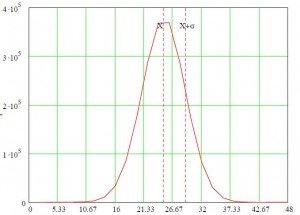
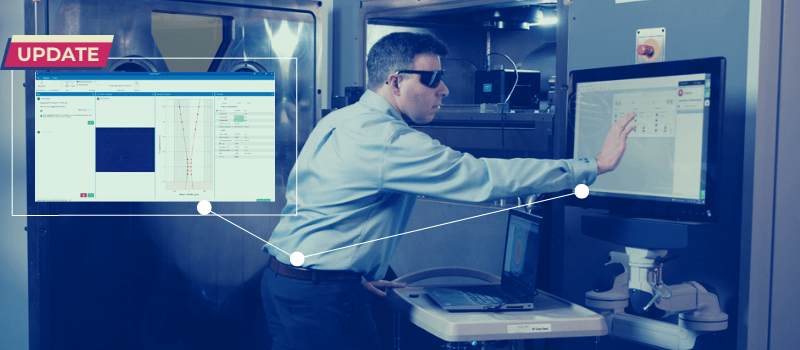

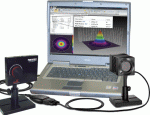
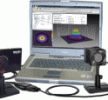





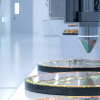
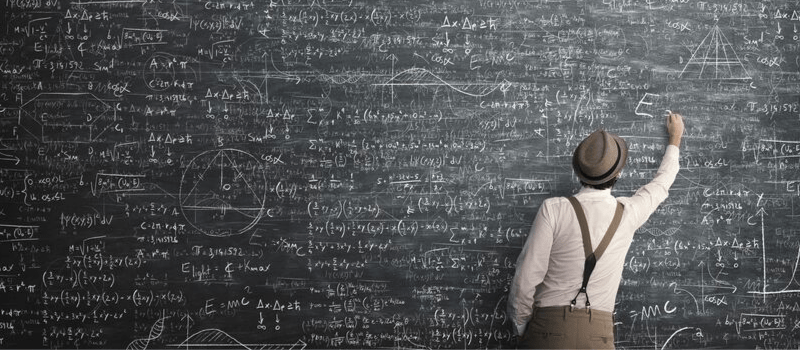

Hi,
i am not sure if i have misunderstood your datasheet for the SP620 camera. It states: Minimum system dynamic range 62 dB. Should it not be read as the system dynamic coming from the adjustment in exposuretime, and selectable gain? From the 62 we shall substrat noise arriving from surroundings, like ambient light etc.
The 12 bit A/D conversion then gives additional 72 dB, and from this whe should subtract noise from the camera itselv giving a value some less.
The 72 dB / 12 bit and the specified dynamic range do therefore not have anything to do with each other, or am i wrong? Is the dynamic from the camera exposure time and gain then not mentioned in the datasheet?
If i recall correct, then there is 1:29 in gain, and from 3 to 132 ms exposure time. This gives 29*132/3 = 1276 = 62.1 dB
Or am i wrong?
Hi Klaus, thanks for your question.
You are correct that the A/D which is capable of 72dB (volts) is not directly related to the actual dynamic range of 62dB (volts). 62dB represents the real signal-to-noise ratio, while the digitizer has a higher dynamic range to ensure that we aren’t wasting any of the natural SNR.
Also, please note that our specified dynamic range represents single shot dynamic range. Gain, attenuators, and exposure control can all increase the effective dynamic range of the system.
Please let us know if you have any further questions.